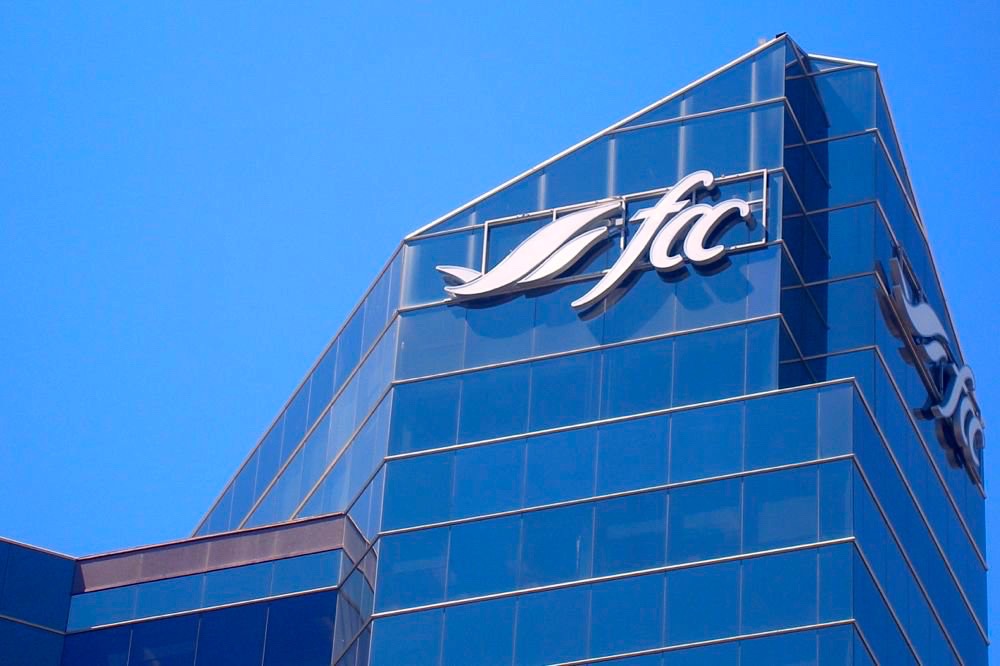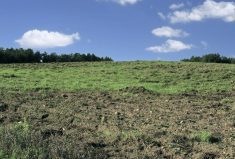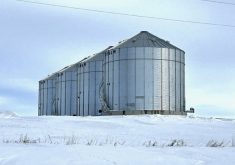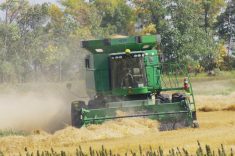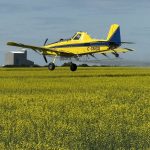Manitoba’s agriculture industry is generally financially fit, a senior executive with Farm Credit Canada (FCC) told the Keystone Agricultural Producers’ (KAP) online annual meeting Jan. 26.

“Grains and oilseeds are doing really well,” Darren Howden, FCC’s senior vice-president of Prairie operations,” told KAP members. “That’s the sector we have the most business in, in Manitoba. There was a really good harvest, coupled with some really good prices and very positive outlook there. We’re also seeing land prices remaining strong and showing no signs of deteriorating.”
Why it matters: Farm Credit Canada is a major Manitoba farm lender with a good understanding of farmers’ finances. When Manitoba farmers do well, it’s good for Manitoba’s economy.
FCC has about 8,700 customers in Manitoba, including 1,800 or so ‘young’ farmers under 40, served out of 10 offices.
With about $3 billion in loans FCC has about 25 per cent of Manitoba’s farm lending business, Howden said.
Read Also

Mazergroup’s Bob Mazer dies
Mazergroup’s Bob Mazer, who helped grow his family’s company into a string of farm equipment dealerships and the main dealer for New Holland machinery in Saskatchewan and Manitoba, died July 6 from cancer.
“Of that business it’s in really good shape,” he said. “Our portfolio in Manitoba is really quite strong.
“Our hog portfolio is performing very well also. And we know that 2020 brought some struggles to the hog industry, but so far our hog customers are looking pretty good… ”
While cattle prices have been relatively strong, cattle feeders have struggled, Howden said.
“That’s probably the one sector that might not be as strong in Manitoba as the rest,” he said.
“Criticisms in the past when I have spoken to different farm groups is that FCC is sometimes too positive in the sector in terms of our ag outlook. And I would say to you when a financial institution is very positive about your sector that’s a really good thing because it means that we’re continuing to invest and looking to help you grow.”
Howden added there are other Canadian industries that “… would not be seen quite as positive as ag is.”
He said FCC’s optimism appears to be shared by other financial institutions, and that there is “… lots of optimism in that space for you.”
A recent bump in grain prices, including canola futures hitting 13-year highs, is welcome, but KAP president Bill Campbell isn’t as sanguine as Howden.
“Well if you’re are a salesman and trying to hand out money would you not put out a very positive message? Their (FCC) policy and platform is to lend money,” Campbell said in an interview later. “I am not sure if they are that pleasant to deal with if they need to get the money back.”
Cattle producers are struggling, Campbell said.
“Those who suggest it is very lucrative and positive, I’ve got some cows for sale,” he said.
“If you were out last night bringing in a pair and it’s 40 below and you get $900 for a heifer calf is it worthwhile? There are some guys doing all right, but I would suggest to you that those who are doing better in the livestock part are relatively leveraged or financially stable. You don’t get that way without grey hair. So they’re tired and they’re older.”
Last summer cattle feeders were losing $400 an animal and the meat packers were making that much, Campbell added.
High land prices, often used as a measure of ag sector health, are unsustainable, according to Campbell.
“There is no way in that life term of that loan that you can pay for that land,” he said. “It will never happen, unless we saw $20 (a bushel) canola as a base price. Will there be hiccups down the road? I don’t know, but I am not willing to go through another ’80s… ” he said, referencing a period when land prices tanked and interest rates hit 21 per cent.
When COVID-19 hit nobody, including FCC, knew what the impact would be, Howden said.
“We were anticipating there would be some significant market impacts and what we thought would be the biggest need is cash,” he said.
FCC created several products to help farmers with cash flow.
One was a COVID-19 line of credit of up to $500,000 secured with a general security agreement.
“We weren’t looking to take land (as security), we weren’t looking to take equipment, but it was a matter of getting cash out there as quick as we could,” Howden said.
FCC already had a customer support program to defer borrowers’ payments on loan principal up to 12 months, but FCC added a full loan deferral for up to six months.
FCC also offered a COVID term loan of up to $2.5 million.
“It was really intended to help with financing for any of the changes that some of the companies (such as meat packers) needed to make, be it for the new protocols, or automation or anything to help them to get set up for COVID,” he said.
The loan had an 18 month interest-free option to try and get cash out for capital spending. There was more interest than FCC expected.
“So nationally we deferred payments on the equivalent of about $5.5 billion in loans and approved about another half a billion dollars in loans… ” Howden said.
“In terms of Manitoba stats we had 800 loan deferrals on $400 million worth of loans and did about 284 credit lines.”
Normally FCC expects three to five per cent of its customers to accept loan deferrals when they offered, but in Manitoba it hit 7.4 per cent.
“There was a higher uptake, but not nearly as much as we were anticipating,” he said.
“And a lot of guys took advantage of deferring their payments simply just to make sure that they did have the cash available if they needed it. So that was good.
“For the most part we’ve had very, very good repayment on those loans as well.”
Farmers who are uncertain about where they are financially should meet with their lender, Howden said.
“It’s in everybody’s best interest to sit down and talk before there is a real problem,” he said. “If you are a little hesitant or unsure don’t be. The more you are open with what you’re looking at and asking good questions the better the partnership and your success as an operator.”
Howden said lenders typically start by looking at two key financial indicators: current ratio and working capital.
The current ratio is determined by dividing current assets (things such as grain or livestock, which will be converted to cash in the current year) by current liabilities (bills due in the current year).
“If you are better than 1.25, meaning for every dollar of current debt if you have $1.25 to cover it you’re strong, you’re doing OK,” Howden said.
That applies mainly to crop farmers. The ratio will be different for a dairy or other type of farmer, he added.
Working capital is the cash left over after the bills are paid.
“If those two measures are strong you’ll be fine,” he said.
Farmers need to think about their mental health too, Howden said.
“Three or four years ago we never ever would have even mentioned something like this to the point now where it’s common to hear us talk about mental health and that is awesome because this is not a new issue in this industry or society, but I am really glad that we are talking about,” Howden said.
“We need to normalize that conversation.”






